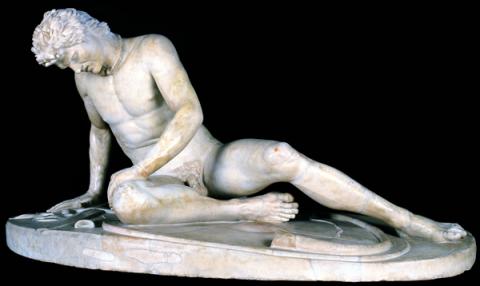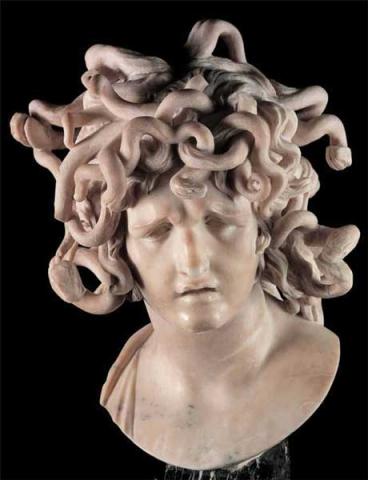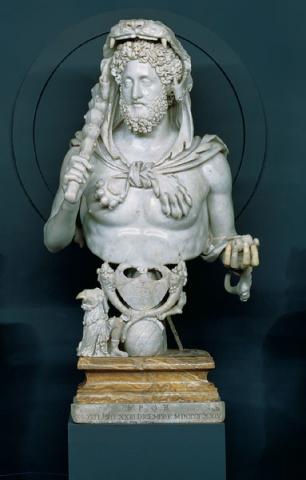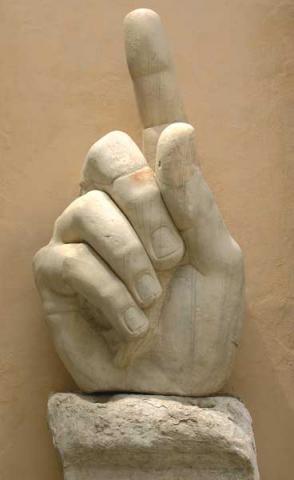19th century transformations
Towards the end of the XIX century the collections underwent considerable expansion, following the designation in 1870 of Rome as capital of newly unified Italy, and consequent excavations for the construction of new residential quarters.
In order to accommodate the large amount of material emerging from these excavations, new exhibition areas were set up in the Palazzo dei Conservatori with the simultaneous creation of the City Council's own archaeological warehouse on the Caelian Hill, subsequently known as the Antiquarium.
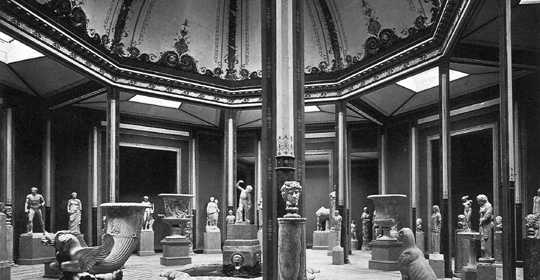
A number of sculptures were housed in an octagonal-shaped pavilion known as the "Octagonal Hall", built for the purpose in the inner garden on the first floor of the Palazzo dei Conservatori.
This period, like previous ones, also saw a number of important donations thanks to the generosity of private collectors; we should mention, above all, the Castellani collection of ancient pottery and the Cini collection of porcelain.
The Capitoline Coin and Medal Collection was also set up in this period, with the acquisition of a number of important private collections, and with several coins coming to light during archaeological excavations in the city.


























